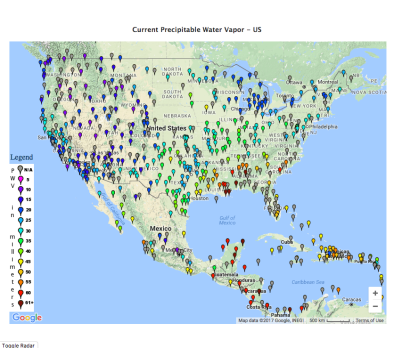Warming Juices MLB Home Run Numbers

Climate change is increasing the number of dingers hit in Major League Baseball by about 50 home runs per year, or 500 since 2010, a study published Friday in the Bulletin of the American Meteorological Society finds. Warmer air is thinner, reducing drag and allowing baseballs to fly farther, confirms the study, which examined 220,000 individual hits across 100,000 Major League Baseball games. Though a 1% increase in the likelihood of a home run with every 1°F warmer daily temperatures may not sound like much, a major league hitter has just 425-450 milliseconds (0.425-0.450 seconds) in which to assess the pitcher's release, judge the ball's spin, location, speed and expected path and break, and then bring the bat into the contact zone, so every little bit matters — especially when that extra heat also takes an especially high toll on pitchers. “Obviously I’m not a fan in any way as a pitcher,” Colorado Rockies reliever Brent Suter told the AP. “500 seems a lot, but I could believe it. … I remember pitching some games I was just, like ‘This does not feel like normal heat. It’s crazy hot.’” The study found the impacts of climate change were the greatest at the friendly confines of Chicago's Wrigley Field, where the Cubs still play more day games than most other teams, and were the smallest at Tampa Bay's domed Tropicana Field. “Global warming is going to reshape so many of the things that we care about in so many pernicious and subtle ways,” lead author Chris Callahan told the AP. “And the fact that we’ll get to go to fewer baseball games played in open air is not a civilization-ending crisis, but it is another sign of the way that we have reshaped our lives due to our greenhouse gas emissions.”
(AP, Washington Post $, Bloomberg $, Gizmodo, Smithsonian Magazine, The Guardian, TIME, CNN, CNN, E&E $, NPR, The Conversation, Christopher Callahan and Justin Mankin author commentary)
To receive climate stories like this in your inbox daily click here to sign up for the Hot News Newsletter from Climate Nexus:
Related Content




